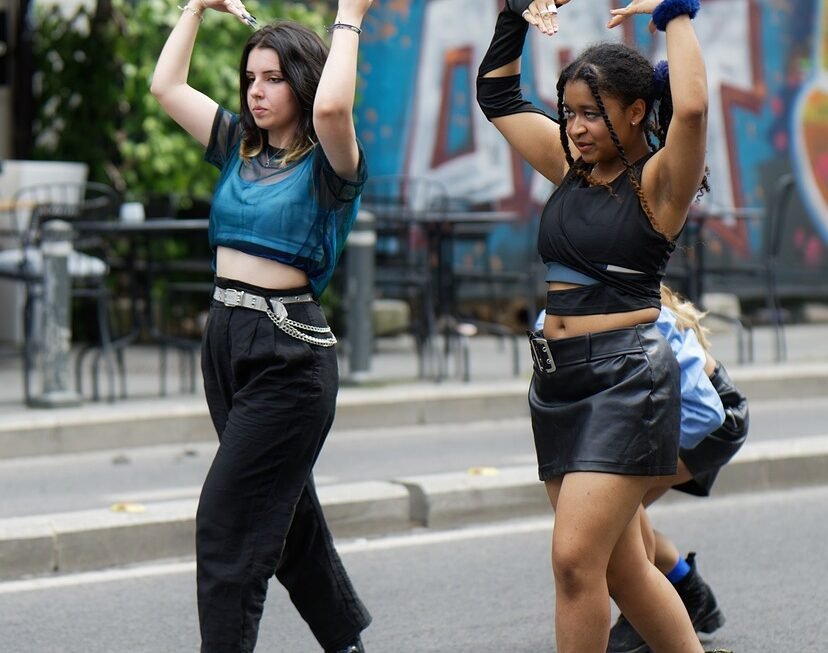The performing arts have always been a cornerstone of human expression and creativity, captivating audiences and stirring emotions for centuries. From classical theater to modern dance performances, the arts have evolved over time to reflect the changing world around us. One of the most significant developments in recent years has been the integration of technology into the performing arts, bridging the gap between stage and screen and transforming the way we experience live entertainment.
Advancements in technology have had a profound impact on the performing arts, enabling artists and creators to push the boundaries of what is possible on stage. From projection mapping and holographic displays to interactive digital sets and virtual reality experiences, technology has opened up a whole new world of possibilities for performers and audiences alike.
One of the most notable examples of the intersection between technology and the performing arts is the rise of live-streamed performances. With the advent of platforms like YouTube and Twitch, artists can now reach a global audience in real-time, allowing fans from all over the world to experience their favorite performers without having to leave their homes. This has not only expanded the reach of the performing arts but has also enabled artists to connect with their fans in new and innovative ways.
In addition to live-streamed performances, technology has also revolutionized the way that productions are staged and presented. Digital projections and interactive sets have allowed for more immersive and visually stunning productions, blurring the lines between reality and fantasy. Virtual reality and augmented reality experiences have also become increasingly popular, giving audiences the opportunity to step inside the world of a performance and experience it in a whole new way.
Furthermore, technology has also played a crucial role in making the performing arts more accessible and inclusive. Closed captioning and audio descriptions have made performances more accessible to individuals with disabilities, while virtual reality experiences have allowed audiences to experience performances from different perspectives, creating a more inclusive and diverse audience.
While some purists may argue that technology threatens the authenticity and uniqueness of live performances, others see it as a tool for innovation and creativity. By embracing technology, artists and creators can push the boundaries of what is possible on stage and create immersive and engaging experiences for audiences. Ultimately, technology is transforming the performing arts by enhancing the way we experience live entertainment and allowing artists to push the boundaries of creativity and innovation.




